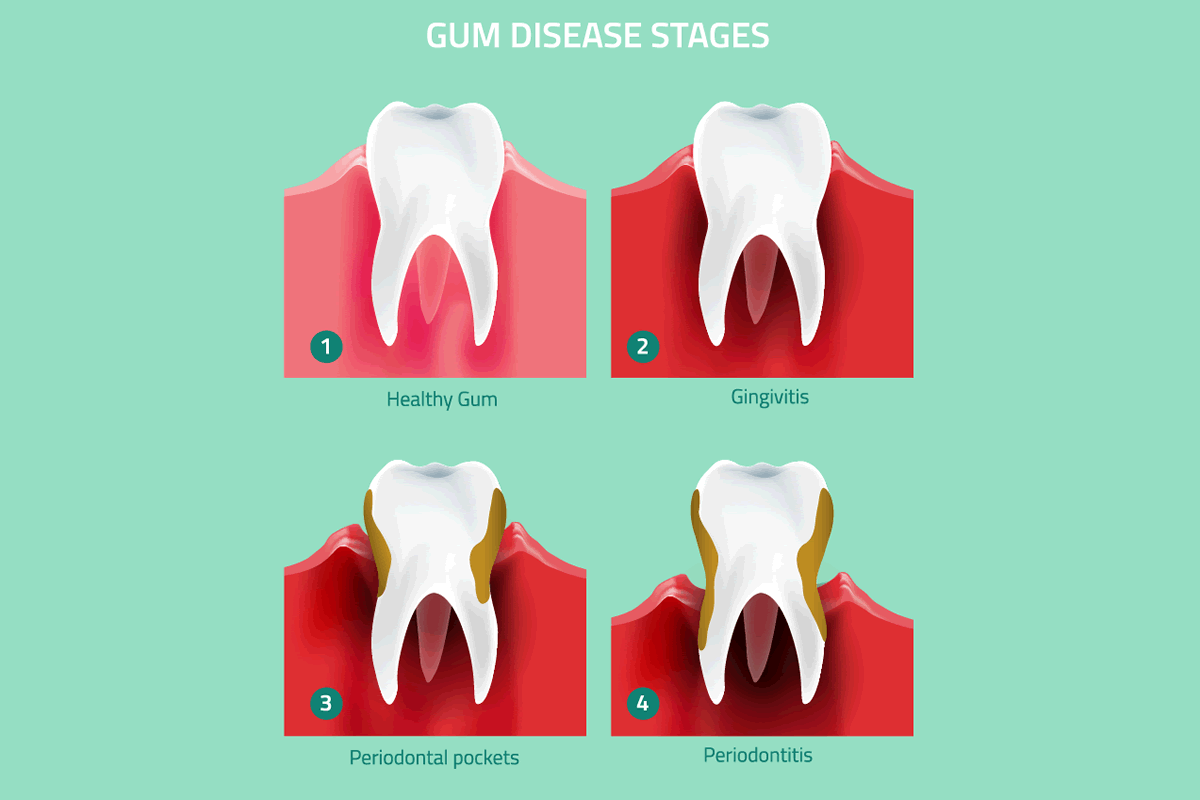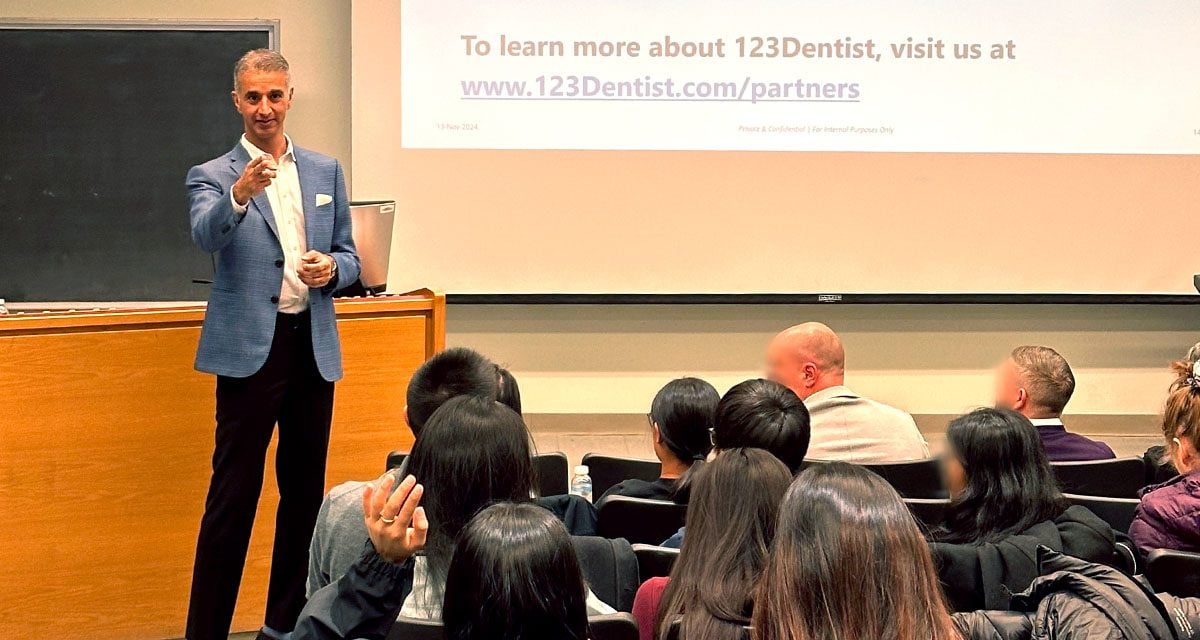If your gums occasionally swell up and become sensitive or bleed when you brush and floss, you might have gingivitis. However, you’re not alone. So what is gingivitis, and what you can you do to treat it and avoid it? Read on to learn what you need to know about this prevalent disease.
According to the Canadian Dental Hygienist Association, around 50% of Canadians have gingivitis, yet many of them don’t even realize it.
What Is Gingivitis?
Healthy gums are pale pink, firm, and fit tightly around your gums. If you have gingivitis, your gums might be dark red, swollen, and tender. They might easily bleed when you’re brushing and flossing, and you might suffer from bad breath and receding gums.
Even though gingivitis is a common disease, it’s one you need to take seriously. If left untreated, gingivitis can lead to a gum disease called periodontitis. Periodontitis can spread to the tissue and bone under your gums and lead to tooth loss.
Risk Factors Associated With Gingivitis
If you want to know how to treat and avoid gingivitis, it helps to first know some of the risk factors associated with the disease. Even though anyone can develop gingivitis, the following factors can increase your risk:
- Smoking or using chewing tobacco.
- Poor oral hygiene habits.
- Dry mouth.
- Old age.
- Poor nutrition, including a deficiency in vitamin C.
- Hormonal changes, such as those related to menstrual cycles and pregnancy.
- Genetics.
- Taking certain medicines for seizures and high blood pressure.
- Crooked teeth that are difficult to clean.
- Dental restorations that don’t fit properly.
- Conditions that impact your immune system, such as HIV/AIDS or cancer treatment.
Possible Complications From Gingivitis
If you develop gingivitis and don’t seek treatment, it can lead to periodontitis, which is a serious gum infection that destroys the bone and soft tissue that support your teeth. Periodontitis can lead to tooth loss. New research also suggests that periodontitis could play a role in other health problems, including some cancers, Alzheimer’s disease, heart disease, and respiratory disease.
How to Prevent Gingivitis
Now that you understand more about gingivitis, some of its common risk factors, and complications that can stem from it, you’re likely interested in knowing how you can prevent it. Fortunately, it’s not difficult to prevent gingivitis by following these tips:
- Use good oral hygiene. Good oral hygiene is one of the best ways to prevent gingivitis. Make sure you brush your teeth twice at least twice a day for two minutes. Ideally, you should brush once in the morning and once right before bed. If possible, consider brushing after every meal or snack. Additionally, you want to floss at least once a day to help clean away any food particles and bacteria that brushing leaves behind.
- Keep up with regular dentist visits. Along with maintaining good oral hygiene habits, you also want to see your dentist for regular cleanings. For most people, regular cleanings can occur every six months. However, if you have some of the risk factors associated with developing gingivitis, you might need to visit your dentist more often.
- Follow proper health habits. One final way you can help prevent gingivitis is by following proper health habits. This includes eating healthy foods and reducing your sugar intake as much as possible.
How to Treat Gingivitis
If you develop gingivitis, you have different options you can use at home or at the dentist office to treat it. Since the goal is to treat the infection, your dentist will likely need to look at what’s affected in order to create a proper treatment plan for you to follow. Some of the at-home treatment options your dentist might recommend include the following:
- Antibacterial toothpaste. Antibacterial toothpaste is good for combating gingivitis because it continues to fight plaque even after you’re done brushing.
- Antibacterial mouthwash. Along with antibacterial toothpaste, your dentist might recommend you use an antibacterial mouthwash that can clear away plaque bacteria in those hard-to-reach places.
- Brushing your teeth more effectively. Your dentist might offer additional tips on how to brush more effectively, including switching to an electric toothbrush and paying special attention to the gum line when you’re brushing, since this is where plaque bacteria build-up often occurs.
In addition to these at-home treatments, your dentist might recommend you come to the office for some additional treatment options to control your gingivitis:
- Deep cleaning. Your dentist will use special instruments to do a deep cleaning that goes under the gum line.
- Antibiotic gel. An antibiotic gel is spread on your gum pockets after a deep cleaning to help control infection.
- Prescription antimicrobial mouthwash. Your dentist might prescribe an antimicrobial mouthwash you use as part of your daily routine.
Gingivitis doesn’t have to cause you health problems. Now that you know more about gingivitis, you can do a better job of avoiding it and treating it.






